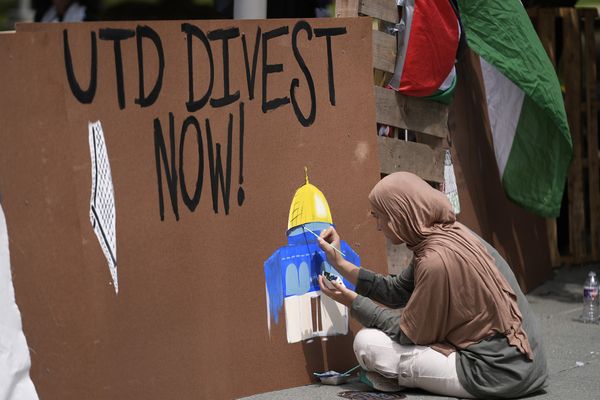The stock market just endured its worst start to a year since 1970, with the S&P 500 falling 21% in the first half of 2022.
Virulent inflation, fear of recession and Federal Reserve interest rate increases have depressed equities.
As for inflation, consumer prices soared 8.6% for the 12 months through May, a 40-year high. On the economic front, GDP shrank an annualized 1.6% in the first quarter, and some analysts look for a contraction in the second quarter as well.
Turning to the Fed, it has raised interest rates by 150 basis points so far this year and has indicated there’s plenty more to come.
Earnings, Valuations
Meanwhile, Goldman Sachs and other experts say analysts are overestimating earnings growth for the second quarter. As of June 24, analysts forecast 4.3% earnings growth for the quarter, according to FactSet.
And valuations arguably remain stretched even after recent declines. The price-earnings ratio for the S&P 500, accounting for the last 10 years of earnings, recently stood at 29.41. That’s well ahead of the 16.95 mean and the 15.87 median that goes back to the 19th century.
Some experts see the pain continuing for stocks. Michael Burry, whose character (played by Christian Bale) had a starring role in “The Big Short” Movie, is one of them. He was one of those who foresaw the 2008 financial crisis.
“Adjusted for inflation, 2022 first half S&P 500 down 25-26%, and Nasdaq down 34-35%, Bitcoin down 64-65%,” he tweeted.
“That was multiple compression. Next up, earnings compression. So, maybe halfway there.”
Multiple compression means that falling stock prices caused the price-earnings ratio to contract.
Burry also recently said the Fed will ultimately have to reverse its interest rate increases, as bulging inventories lead to disinflation.
Roubini Sees Stock Plunge
Another luminary who anticipated the 2008 crisis and sees trouble ahead is renowned economist Nouriel Roubini.
“The next crisis will not be like its predecessors,” he wrote on Project Syndicate.
“In the 1970s, we had stagflation, but no massive debt crises, because debt levels were low. After 2008, we had a debt crisis, followed by low inflation or deflation.”
So what do we have in store for ourselves next?
“Today, we face supply shocks in a context of much higher debt levels, implying that we are heading for a combination of 1970s-style stagflation and 2008-style debt crises – that is, a stagflationary debt crisis,” Roubini said.
As for US. stocks, “most likely, they will plunge lower,” he said. “In typical plain-vanilla recessions, U.S. and global equities tend to fall by about 35%,” Roubini noted.
“But, because the next recession will be both stagflationary and accompanied by a financial crisis, the crash in equity markets could be closer to 50%.”







